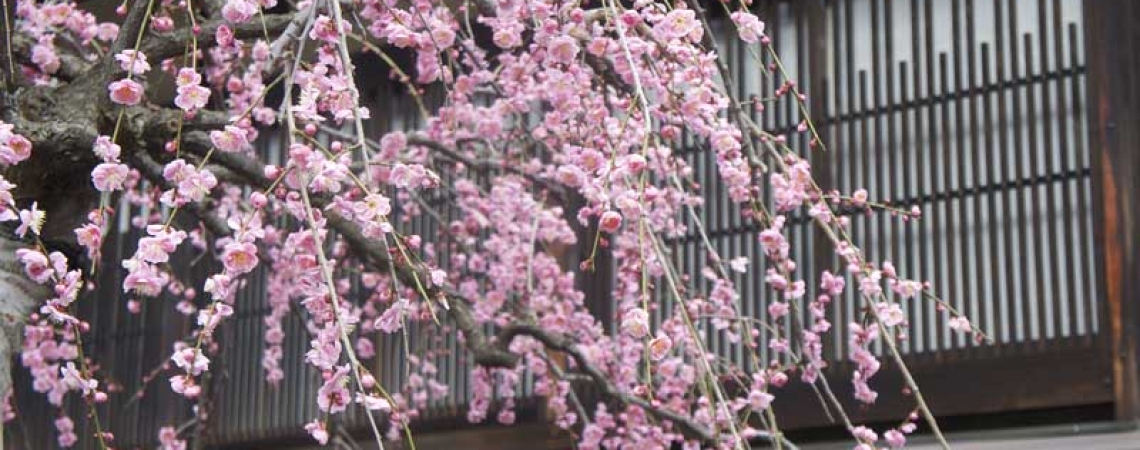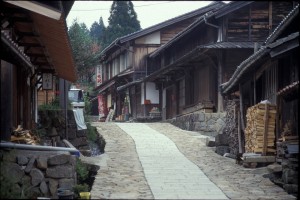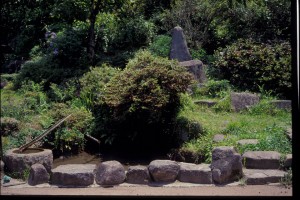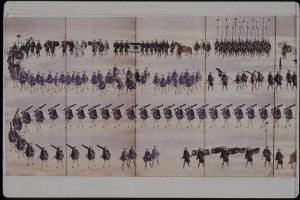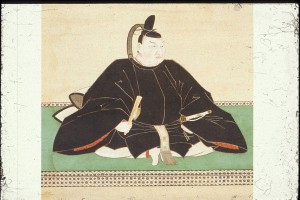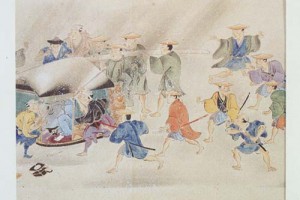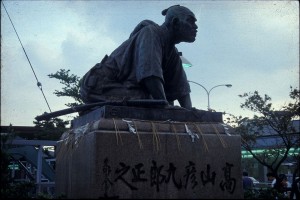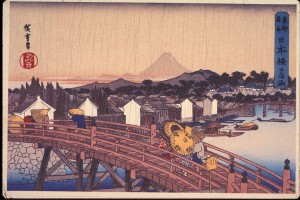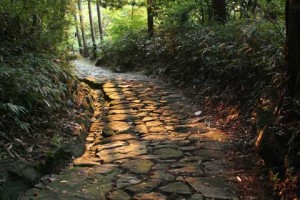
Takeda Shingen (1521-1573) has been described as the prime example of the Warring States period daimyo in that he was tremendously successful in accomplishing limited, regional goals (expansion of his domains) by means of a series of temporary alliances which were quickly broken or reformed according to the need of the moment. Regional success was… [Read more]
